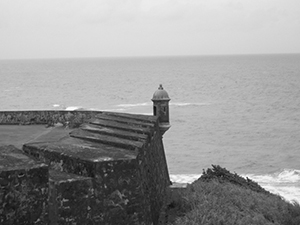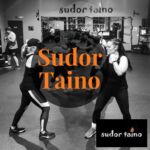
-Edwin Albino, Historian
In 1493, Cristoforo Colombo a.k.a. Christopher Columbus reached Puerto Rico in his second voyage from Spain to the New World it was already inhabited by at least 50,000 Taino Indians. The Tainos throughout history are referred to as gracious Indians with toned copper colored bodies. Their Taino tongue was described as tender and soothing. As farmers and fisherman they took pride in cultivating their land Boriken, the great land of the valiant and noble lord, and later re-named Puerto Rico.
The Tainos used their artistic talents to express themselves and were proficient in the art of pottery, jewelry making, ceremonial games, storytelling and the use of and development of paint. Above all, the Tainos enjoyed music and dancing to the rhythm of their drums which were made of hollow tree trunks.
By 1511, the Taino Indians grew tired of the Spaniards dominance over their people and land, and the atrocities (enslavement, violent crime, etc.) committed against them. They attempted to revolt but did not succeed. Groups of Tainos committed suicide in order to break away from their lives although most of the Tainos were eradicated by a disease.
If was not until 1516 that a “crown order” was issued by Father Bartolome de las Cases which ordered that the small number of Tainos that were left be freed. The remaining Tainos were then plagued with the small pox epidemic in Puerto Rico which resulted in the death of approximately one-third of the Taino people.
Their struggle ends in 1542 when a Bishop is sent to Puerto Rico and informs them of the latest order which they called, “complete freedom”. Today, the existence of the Taino Indians remains sprinkled throughout the world.
As they struggled and cultivate the land, we recognize the struggle of people to stay fit and promise through innovative fitness to cultivate the spirit, mind and body of people. – Karla
Credits:
www.topuertorico.org
www.elboricua.com
Taino Symbols we love:
[gc layout=”3″ separator=”|” tag=”div”]

|

|

[/gc]



